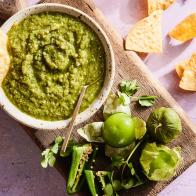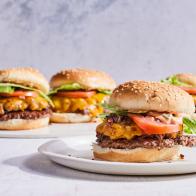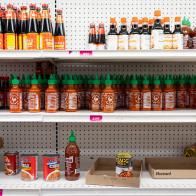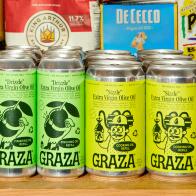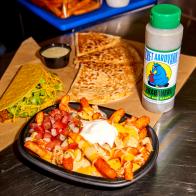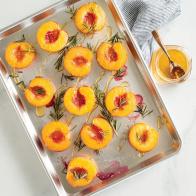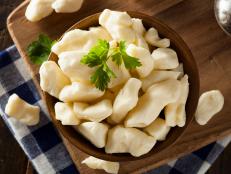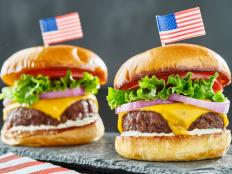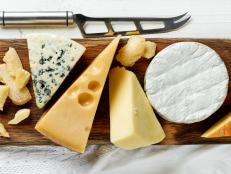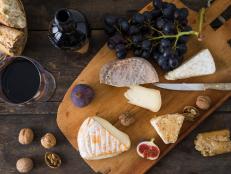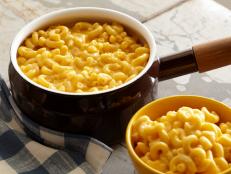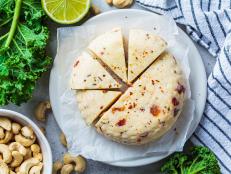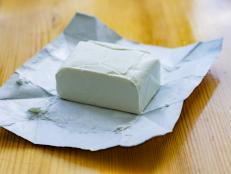It's National Cheese Lover's Day! You Can Eat Cheese as Part of a Healthy Diet

Galina Ermolaeva
It’s true: You can have your cheese and eat it, too, especially on this national food holiday. Many cheeses are naturally lower in fat and calories, like Parmesan and Romano. Use the size of your thumb for measuring the proper portion, which is about an ounce of cheese. One ounce of Parmesan has more protein than the same amount of red meat (10 grams) and clocks in at 111 calories, 7 grams of fat and 5 grams of saturated fat. An ounce of whole-milk mozzarella has 85 calories, 6 grams of fat and 4 grams of saturated fat. Cheese also has calcium, vitamin B12 and phosphorus, and counts towards the USDA’s recommendation of three daily servings of dairy.
In honor of National Cheese Lover’s Day, we chatted with perhaps the biggest cheese lover of them all, Cathy Strange, the global cheese buyer for Whole Foods Market, about how she incorporates cheese into her overall diet (which we think probably consists 95 percent of cheese). She and her team carry over 1,500 varieties of cheese that are free of artificial flavors, added growth hormones and preservatives.
• Buy only the amount of cheese you will actually eat within three days. Keep it in your crisper drawer wrapped in wax paper or in a Tupperware container. Cheese is actually alive, so the more it sits and is exposed to air, the less delicious it will taste.
• Buy more-flavorful cheese. High-quality and tasty cheeses like clothbound cheddars, intense blues like Stilton and creamy Camemberts mean that you’ll feel totally satisfied by eating the recommended 2 ounces. That’s actually a lot of cheese.
• Cheese is actually a probiotic and is easy to digest (especially older cheeses).
• Cheese should really have only four ingredients. If your cheese has more, it’s likely processed. Know what you’re eating by looking at cheese labels and making sure the primary ingredient is: milk.
• No lactose? No problem — 97 percent of lactose is eliminated when whey is removed from milk in the cheese-making process. And aged cheeses like Parmesan have no detectable lactose whatsoever.
• Pair cheese with fruit or nuts for a balanced snack. A handful of skin-on nuts (for bitterness), or a few slices of apple or even pineapple, is the perfect pairing for cheese.


